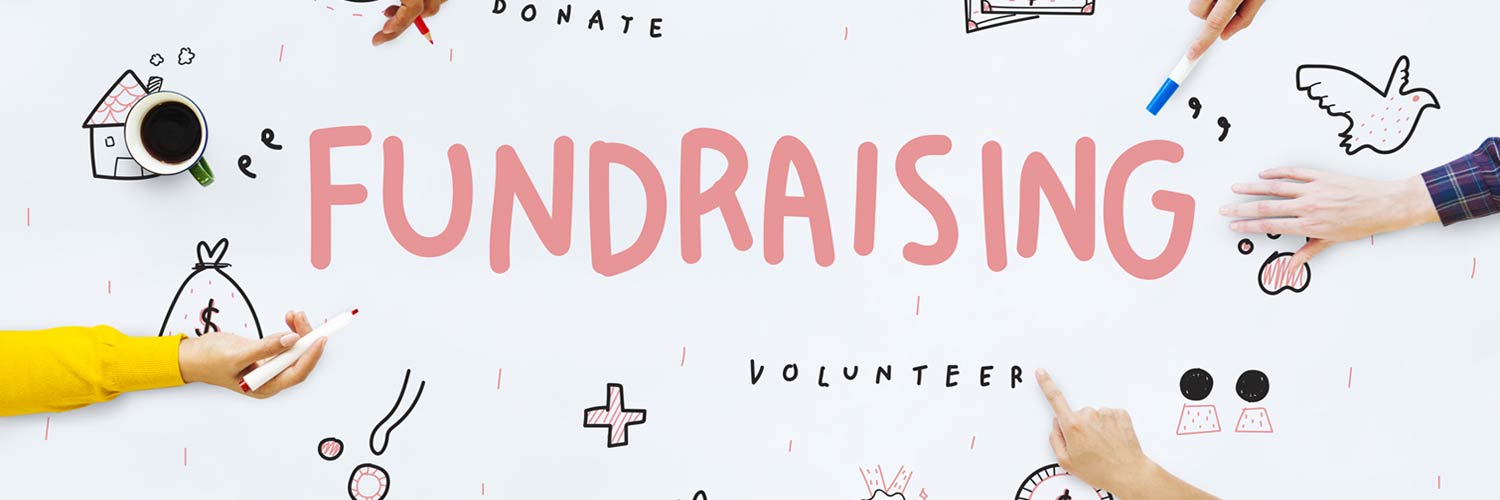Nonprofit Agency: Specialist Providers to Assistance Your Goal and Goals
Nonprofit Agency: Specialist Providers to Assistance Your Goal and Goals
Blog Article
The Duty of Neighborhood Involvement in Nonprofit Fundraising: Building Lasting Relationships for Sustainable Support
Area interaction is progressively recognized as a critical part of successful not-for-profit fundraising. By promoting authentic relationships with regional stakeholders, organizations can grow count on and loyalty, which are important for lasting support. However, the strategies and approaches used to engage communities vary extensively, raising crucial concerns regarding effectiveness and influence. What are the most effective practices for cultivating these crucial connections, and just how can nonprofits measure their success in this field? Understanding these characteristics could dramatically influence the future of fundraising initiatives and the overall objective of not-for-profit companies.
Understanding Neighborhood Involvement
Neighborhood interaction is a vital component of successful not-for-profit fundraising initiatives. It describes the strategies and tasks that companies employ to get in touch with their local communities, cultivating relationships that are equally useful. Comprehending area engagement includes identifying its complex nature, that includes engagement, outreach, and cooperation. Nonprofits need to identify key stakeholders-- such as community participants, regional businesses, and other organizations-- to develop reliable interaction approaches.
Reliable community involvement is asserted on energetic listening and responsiveness to the demands and rate of interests of the community. This procedure entails obtaining comments, understanding neighborhood dynamics, and making certain that the organization's mission lines up with neighborhood top priorities. Involving the community can take different kinds, including public conferences, volunteer possibilities, and partnership initiatives, each made to encourage involvement and investment in the company's goals.
Furthermore, neighborhood engagement must be come close to as an ongoing dialogue as opposed to a single initiative. By fostering a comprehensive environment where community voices are listened to and valued, nonprofits can develop a solid structure for future fundraising endeavors. Inevitably, a deep understanding of neighborhood involvement empowers organizations to produce authentic links that improve their total effectiveness and sustainability.
Benefits of Strong Relationships
Solid partnerships created with area engagement yield many advantages for nonprofit fundraising initiatives. Most importantly, these relationships foster trust fund and trustworthiness, important elements in encouraging donors to add. When possible fans see a not-for-profit proactively associated with their neighborhood, they are more probable to rely on its mission and effect.

Furthermore, these relationships assist in effective communication. Nonprofits can leverage their links to share stories of effect, updates, and needs, guaranteeing that fans stay informed and engaged. This open line of communication not just enhances bonds but likewise urges word-of-mouth promo, expanding the nonprofit's reach.
Last but not least, strong community connections can attract brand-new partners and sponsors. People and businesses are more likely to align with organizations that show meaningful community participation, providing extra sources and support that can significantly boost fundraising capabilities. Thus, growing durable partnerships via community interaction is integral to a not-for-profit's lasting fundraising success.
Strategies for Efficient Interaction
Exactly how can nonprofits properly involve their areas visit our website to enhance fundraising efforts? Developing targeted techniques is vital for promoting meaningful connections. First, leveraging social media sites platforms allows organizations to share their mission dynamically and interactively, reaching a more comprehensive audience. Normal updates, involving material, and calls-to-action can galvanize neighborhood rate of interest and participation.
Second, organizing neighborhood events, such as workshops, volunteer chances, or fundraising drives, helps with face-to-face communication, enabling nonprofits to display their influence and efforts. These events not only raise funds but additionally grow connections and allow community participants to involve directly with the reason.
Third, implementing individualized communication approaches can improve engagement. Customizing messages to certain donor sectors based on passions and past payments promotes a feeling of belonging and investment in the company's objective.
Finally, developing partnerships with neighborhood companies and community leaders can intensify outreach efforts. Joint initiatives can improve presence and credibility, showing a cumulative commitment to the neighborhood's well-being. By incorporating these strategies, nonprofits can develop long-term relationships that boost fundraising efforts and drive sustainable assistance.
Gauging Engagement Success
While involving the area is vital for effective nonprofit fundraising, determining the effectiveness of these engagement efforts is just as important. Establishing clear metrics permits companies to assess exactly how well they are getting in touch with their audience and accomplishing their fundraising objectives. Trick efficiency indicators (KPIs) such as contributor retention prices, volunteer engagement levels, and engagement Discover More Here on social networks platforms give concrete data for examination.

On a regular basis evaluating these metrics enables organizations to pivot their strategies when essential, making certain that neighborhood interaction remains straightened with their general mission. Furthermore, sharing these outcomes with stakeholders cultivates transparency and constructs depend on, encouraging more area involvement. Inevitably, a robust dimension framework not only informs future fundraising efforts but likewise reinforces the connection between the not-for-profit and its supporters, laying the foundation for sustainable success.
Study in Neighborhood Influence
Various instance research studies illustrate the extensive effect that area involvement can have on nonprofit fundraising success. One notable example is why not find out more the "Something to chew on" campaign, where a regional food financial institution partnered with schools and services to host area dinners. These events not just elevated funds but additionally fostered a sense of belonging among individuals, substantially increasing contributor retention prices.
An additional compelling situation is the "Green Spaces Project," which included regional citizens in the revitalization of city parks. This effort not just amassed financial backing from local organizations but also cultivated a volunteer base that contributed to continuous upkeep and shows. The feeling of possession and satisfaction amongst community members equated into sustained contributions.
In the realm of arts, the "Art for All" project efficiently involved neighborhood musicians and clients to create collective art setups, causing boosted exposure and donations for a neighborhood arts not-for-profit.
These instances highlight that when nonprofits focus on neighborhood participation, they can create lasting partnerships that boost fundraising efforts, ensuring sustainable assistance and cultivating a vibrant neighborhood society. Such instances show that neighborhood engagement is not merely a technique but a necessary pillar of nonprofit success.
Final Thought
In final thought, community engagement is indispensable to the success of not-for-profit fundraising efforts. By cultivating strong relationships with neighborhood stakeholders, organizations boost trust fund and credibility, bring about boosted contributor retention and loyalty. Implementing reliable interaction strategies and gauging their effect makes sure that nonprofits can prosper and adapt. Inevitably, a durable foundation of area support not just magnifies fundraising prospective but additionally cultivates a society of collaboration, necessary for accomplishing lasting organizational objectives and sustaining meaningful influence.
Nonprofits have to identify crucial stakeholders-- such as neighborhood participants, neighborhood businesses, and other companies-- to develop efficient involvement techniques.

In final thought, neighborhood involvement is integral to the success of not-for-profit fundraising efforts.
Report this page